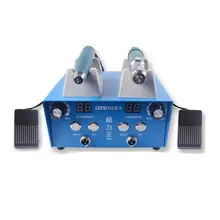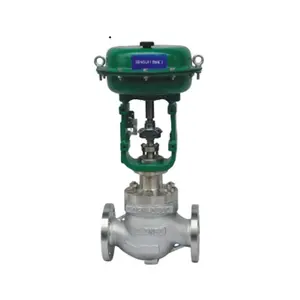Understanding Diaphragm Valves
A diaphragm valve, part of the broader valve family, is a versatile unit designed to control and regulate the flow of materials through a system. Unlike other valves, the diaphragm valve uses a 'diaphragm' – a flexible element that responds to pressure and seals the valve body. This type of valve is particularly useful in applications where the purity and cleanliness of the fluid are paramount.
Types and Features of Diaphragm Valves
The diaphragm valve types vary significantly, each tailored for specific applications and operational requirements. From the straightforward diaphragm check valve to the more complex 3 way diaphragm valve, the selection caters to diverse industrial needs. The diaphragm control valve is particularly noteworthy for its precision in regulating flow and pressure. Key features of these valves include their leak-proof design and the ability to handle corrosive fluids, thanks to the diaphragm that isolates the fluid from the valve mechanism.
Applications of Diaphragm Valves
Diaphragm valves are integral to industries requiring a high degree of hygiene and contamination control, such as pharmaceuticals, food and beverage, and biotech. The saunders diaphragm valve, for instance, is a common sight in such sterile environments. In addition, the gemu diaphragm valve is often employed in chemical processing due to its robust design and material versatility.
Materials and Advantages
Materials used in diaphragm valves, such as the valve gemu, include plastics, metals, and elastomers, each selected for its resistance to chemicals, temperature, and pressure. The advantages of using a diaphragm valve are numerous; they offer a tight seal, minimal maintenance, and the ability to handle slurry and viscous fluids without clogging.
Innovations in Diaphragm Valve Actuation
Actuation technology in diaphragm valves has seen significant advancements. The pneumatic diaphragm valve is a testament to this, with its diaphragm actuator providing efficient and reliable operation. The integration of pneumatic systems allows for automated control, which is essential in large-scale industrial applications. Similarly, the diaphragm solenoid valve combines the simplicity of solenoid operation with the robustness of diaphragm valves, making it suitable for automated systems that require rapid on/off control.
Conclusion
In conclusion, the diaphragm valve is a critical component in various industrial applications. Its design and material composition make it an excellent choice for systems requiring hygienic conditions, chemical resistance, and precise flow control. With a range of types and actuation methods, these valves are engineered to meet the demands of complex fluid control systems.










































 浙公网安备 33010002000092号
浙公网安备 33010002000092号 浙B2-20120091-4
浙B2-20120091-4